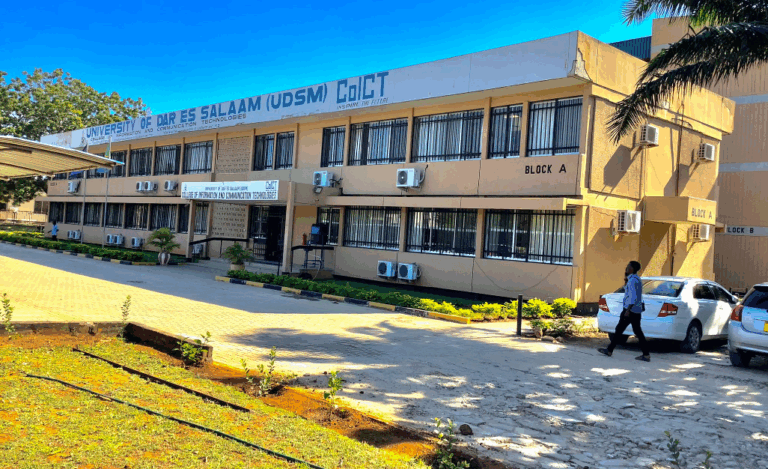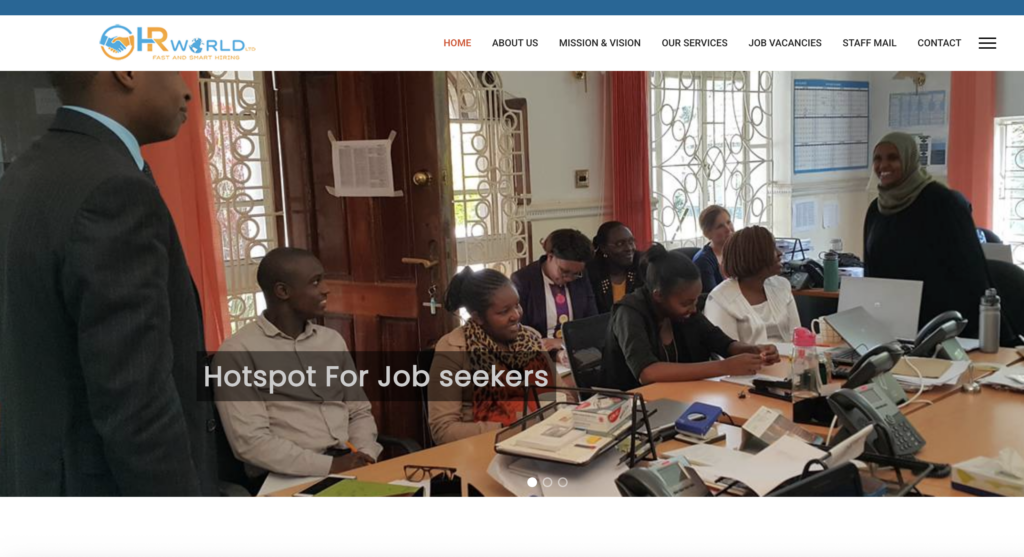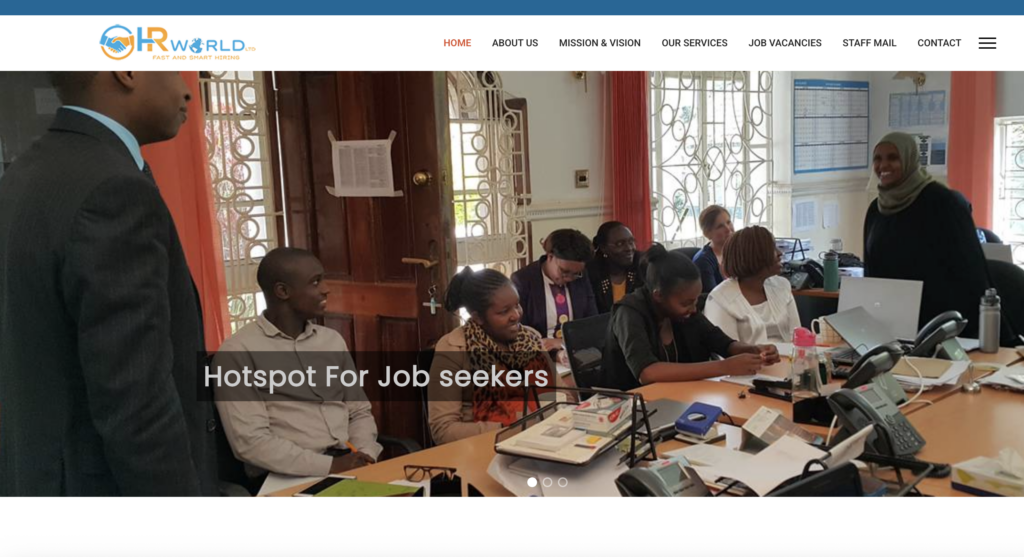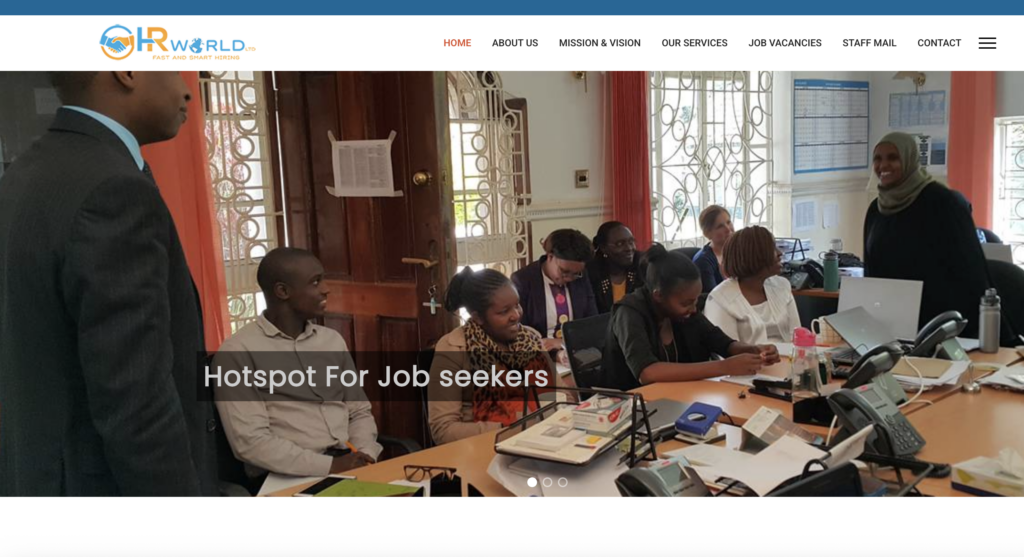East Africa is currently witnessing a wave of large-scale infrastructure and urban development, reflecting ambitious policy goals to spur economic growth, enhance regional integration, and improve quality of life. Development Projects in East Africa are reshaping transport, energy, urban planning, and trade corridors. These mega projects are not only impressive in physical scale but also have significant economic, social, and environmental implications for millions of people across Kenya, Tanzania, Uganda, and neighbouring countries.
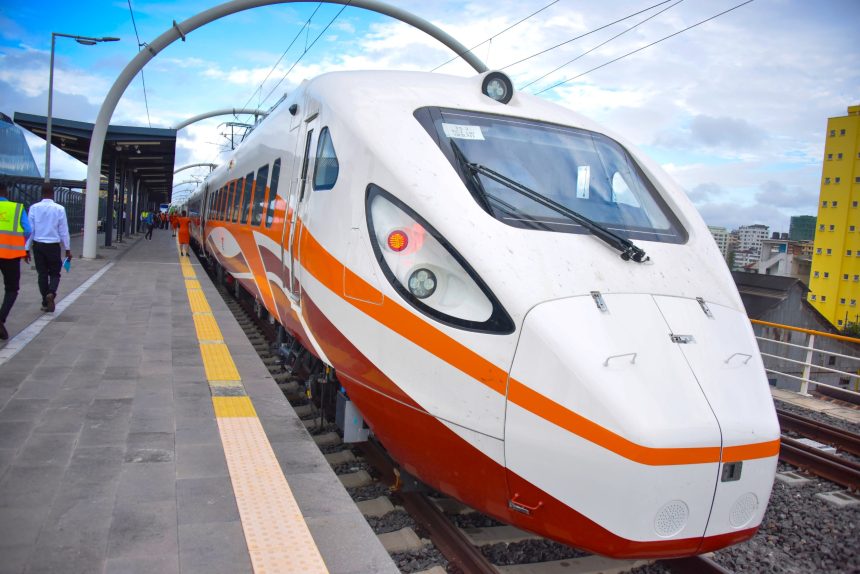
Scale and Economic Benefits of Key Mega Projects in East Africa
Here are some of the major projects and what they bring in terms of scale and economic impact:
- East African Crude Oil Pipeline (EACOP)
- Stretch: Approximately 1,443 kilometres from Uganda’s oil fields (Hoima) to the Port of Tanga in Tanzania.
- Investment: About USD 4 billion.
- Capacity: To transport up to 246,000 barrels of crude oil per day.
- Employment & Local Impact
• Thousands of direct and indirect jobs during both construction and operation phases.
• Over 6,000 people employed in Uganda and Tanzania already; local firms contracted; local goods and services procurement. - Government Revenues & Infrastructure Spillovers
• Tax revenues, transit fees, lease payments and compensation stimulate local economies.
• Benefits also in associated infrastructure (roads, power, water, fibre-optic cables) along the pipeline route.
- Standard Gauge Railway (SGR) Network
- Projects: Kenya SGR (Port of Mombasa via Nairobi to Naivasha; planned extension to the Ugandan border), Tanzania SGR (connecting Dar es Salaam to central and western regions and planned regional links).
- Scale: In Tanzania, for example, tens of thousands of direct jobs (30,000), many more indirect; several investment projects established along the railway corridor with investment in the billions.
- Time reduction & efficiency gains: Travel time on Dar es Salaam-Dodoma reduced from 10 hours by road to 3 hours by train.
- Industrial stimulation: Demand for steel, cement, associated construction inputs; growth in local manufacturing and supplier networks.
- Regional trade & logistics boosts: Better connections between ports, inland producers, and import/export markets.
- Konza Technology City (Kenya)
- Vision & scale: An entire smart city / technopolis meant to be Africa’s “Silicon Savannah,” built to host tens of thousands of jobs and support research, innovation, ICT industries, and urban living.
- Economic benefits:
• When Phase 1 completes, expected to add over KES 90 billion (2% of Kenya’s GDP at that time) to national output.
• Planned to support nearly 200,000 jobs; create a population base of 260,000 residents in later stages.
• Innovation spillovers: tech-entrepreneurship, universities, research labs, application of technology to sectors like agriculture, manufacturing, services. - Challenges: Investor attraction has lagged; delays in vertical development (actual buildings/investment) despite progress in infrastructure groundwork.
Other Notable Projects & Their Benefits
- Bagamoyo Port (Tanzania): Proposed as a huge container port facility that could relieve pressure on existing ports, handle more trade, and serve as a maritime gateway.
- Julius Nyerere Hydroelectric Power Project (Rufiji River, Tanzania): Major dam project to increase national/ regional electricity supply, supporting industrialization, rural electrification, and reducing power shortages.
- Karuma Hydroelectric Power Station (Uganda): Increasing national power capacity, enabling lower electricity costs, fueling industrial and domestic growth.
- Kampala Flyover Project (Uganda): A local infrastructure project but with big returns in reducing traffic congestion, improving productivity by cutting commuting times.
- Tanzania Rural Electrification Expansion Program (TREEP): Expanding access to electricity in rural areas, enabling new economic activities (small businesses, health, education), improving quality of life.
